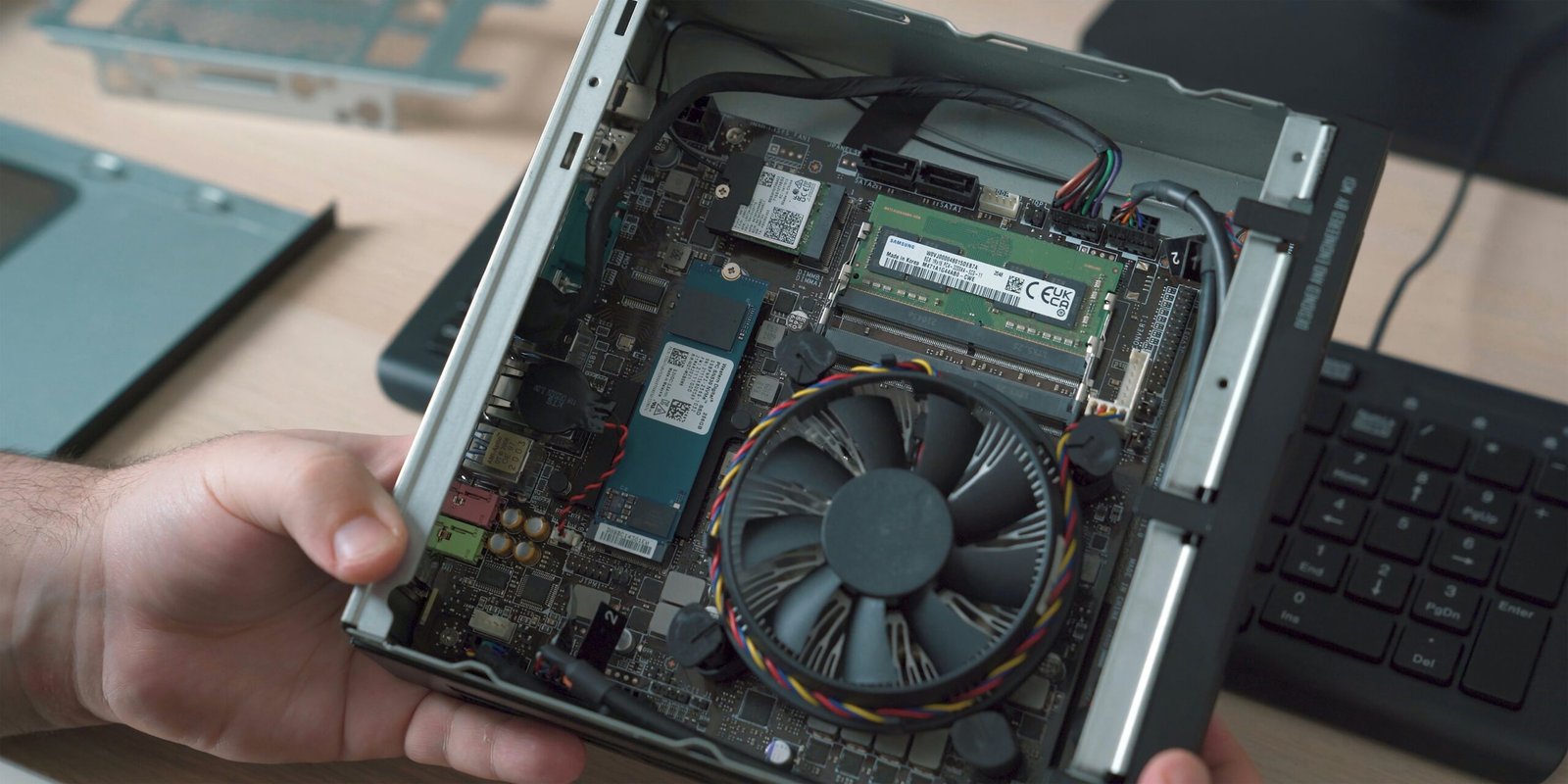Do LCD Monitors Burn In? Understanding the Myth
What is Screen Burn-In?
Screen burn-in refers to a phenomenon where persistent images become permanently etched onto a display screen, resulting in ghost-like images that remain visible even when the content changes. This issue predominantly affects older display technologies like cathode ray tubes (CRTs) and organic light-emitting diodes (OLEDs). Screen burn-in occurs due to uneven wear on the pixels or phosphors, leading to a differential degradation rate. Understanding how this mechanism operates can help clarify why certain displays are more susceptible to burn-in than others.
In CRT displays, burn-in typically arises from static images left on the screen for extended periods, causing the phosphor coating to fade in a pattern corresponding to the image. For instance, leaving a channel logo on a television screen for days could result in that logo persisting even when other content is displayed. In contrast, OLED screens face burn-in issues due to the nature of their technology, where organic compounds emit light. Over time, some pixels may degrade faster than others, leading to uneven brightness levels and the eventual appearance of remnants of static images.
While LCD (liquid crystal display) screens are primarily less prone to burn-in issues compared to their CRT and OLED counterparts, they can still experience some form of image retention under specific conditions. This frequency increases when displaying static images for prolonged periods, thus affecting the contrast and color accuracy of the display. However, it is important to note that true burn-in is rare for LCD displays, and instances of image retention typically dissipate after a few hours of varied usage.
In essence, understanding screen burn-in sheds light on the longevity and quality concerns across different display technologies, offering users insights into maintaining their devices and prolonging their operational life.
How LCD Monitors Work
Liquid Crystal Display (LCD) monitors are a prevalent type of flat-panel display that utilize liquid crystals and backlighting technology to produce images. The fundamental components of an LCD monitor include the liquid crystals, a backlight source, and the pixel structure, each playing a pivotal role in creating the visual output that users see.
At the heart of an LCD monitor are the liquid crystals, which are substances that exhibit properties of both liquids and solid crystals. When an electric current is applied to liquid crystals, they alter their orientation, which consequently affects the amount of light that passes through them. This manipulation of light is crucial for creating the images displayed on the screen.
The backlighting system, typically made up of LED (Light Emitting Diode) or fluorescent lights, illuminates the liquid crystals from behind. In an LCD monitor, the backlight does not vary with the image being displayed, meaning that the liquid crystals primarily serve the purpose of modulating the light output. This design leads to energy efficiency and the thin form factor commonly associated with LCD technology.
Furthermore, an LCD screen’s pixel structure consists of numerous small pixels arranged in a grid pattern. Each pixel is divided into subpixels—usually red, green, and blue—that work together to produce a full range of colors. By adjusting the intensity of each colored subpixel via the liquid crystals, the monitor can create millions of color variations that form the images. Unlike some older display technologies, LCDs do not suffer from burn-in issues, as their image retention is considerably low, affirming their suitability for long periods of use.
This distinct technology behind LCD monitors contributes to their longevity and performance, making them a reliable option for consumers. As a result, understanding these components helps demystify some of the prevailing questions regarding their performance and durability in various applications.
Can LCD Monitors Experience Burn-In?
The concept of burn-in is often associated with older display technologies, notably CRT and OLED screens. However, many users are curious whether LCD monitors can also experience similar phenomena. The answer is nuanced, as it is essential to distinguish between burn-in and a related issue known as image persistence. Burn-in refers to a permanent degradation of the display, where certain images become permanently etched into the screen. This is rarely the case with modern LCD monitors.
Studies suggest that LCDs are less susceptible to burn-in compared to their OLED counterparts due to the way they produce images. LCD monitors utilize a liquid crystal solution, which modifies light passing through it to create images. As a result, while they can experience temporary image retention, this can generally be resolved without lasting effects. Image persistence is an occurrence where a static image displayed for an extended period leaves a faint trace when the screen shows other content. This phenomenon, while concerning, is usually not irreversible.
There are distinct conditions that can lead to temporary image retention on an LCD monitor. For instance, displaying static images, such as logos or interface elements, for prolonged durations can trigger this effect. Nonetheless, the appropriate actions can mitigate this risk. Users can remedy image persistence by simply changing the content being displayed, using screensaver functions, or allowing the monitor to rest without input. Moreover, modern LCDs are equipped with features designed to minimize the risks associated with both burn-in and image persistence.
Expert opinions affirm that while LCD monitors can exhibit temporary image retention under specific circumstances, the risk of actual burn-in is minimal. With proper usage practices, the longevity and performance of LCD screens can be maintained, assuring a dynamic display experience.
Preventing Image Persistence on LCD Monitors
To address concerns regarding image persistence on LCD monitors, users can implement several practical strategies. One effective method is the use of screen savers. These programs activate after a specified period of inactivity, displaying dynamic visuals that prevent static images from remaining fixed on the screen for too long. By periodically shifting the displayed content, screen savers help reduce the chance of image retention.
Moreover, users should maintain varied content usage on their monitors. Constantly displaying the same graphic elements, such as logos or user interfaces, can lead to potential image persistence. Regularly altering what is shown on the screen, including switching between different applications, videos, and images, encourages the monitor to refresh its pixels more evenly, mitigating the risk of persistent images.
Adjusting the monitor’s settings can also play a crucial role in minimizing image retention. Lowering the brightness and contrast levels when using static images can help extend the longevity of the display. Additionally, many modern LCD monitors come equipped with features that automatically adjust settings based on display content. Utilizing these features can contribute further to preventing image persistence.
It is also advisable to implement a routine maintenance schedule for the monitor. Regularly cleaning the display with appropriate materials ensures no residue accumulates, which might affect the functionality of the monitor over time. Furthermore, turning off the monitor when not in use can help prolong its lifespan. This practice reduces the overall runtime and minimizes the chances of experiencing any form of image retention.
In conclusion, by adopting these strategies and maintaining awareness of their usage patterns, users can effectively prevent image persistence on their LCD monitors, ensuring optimal performance and longevity.







